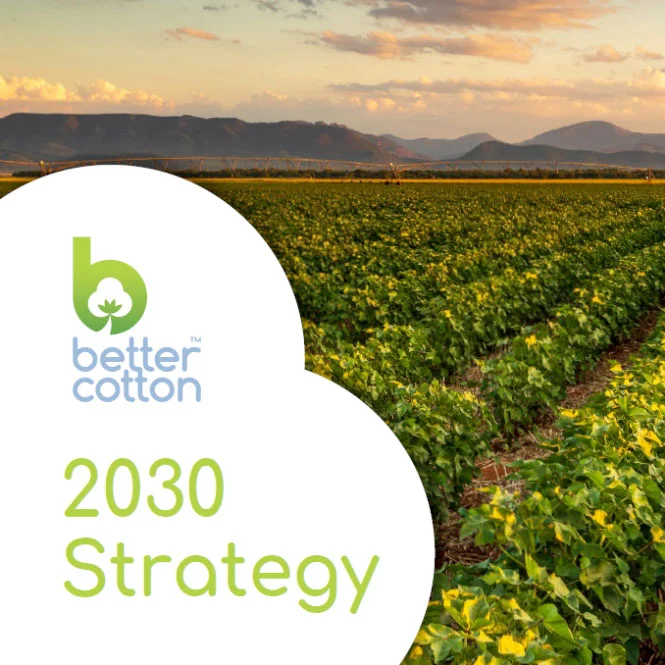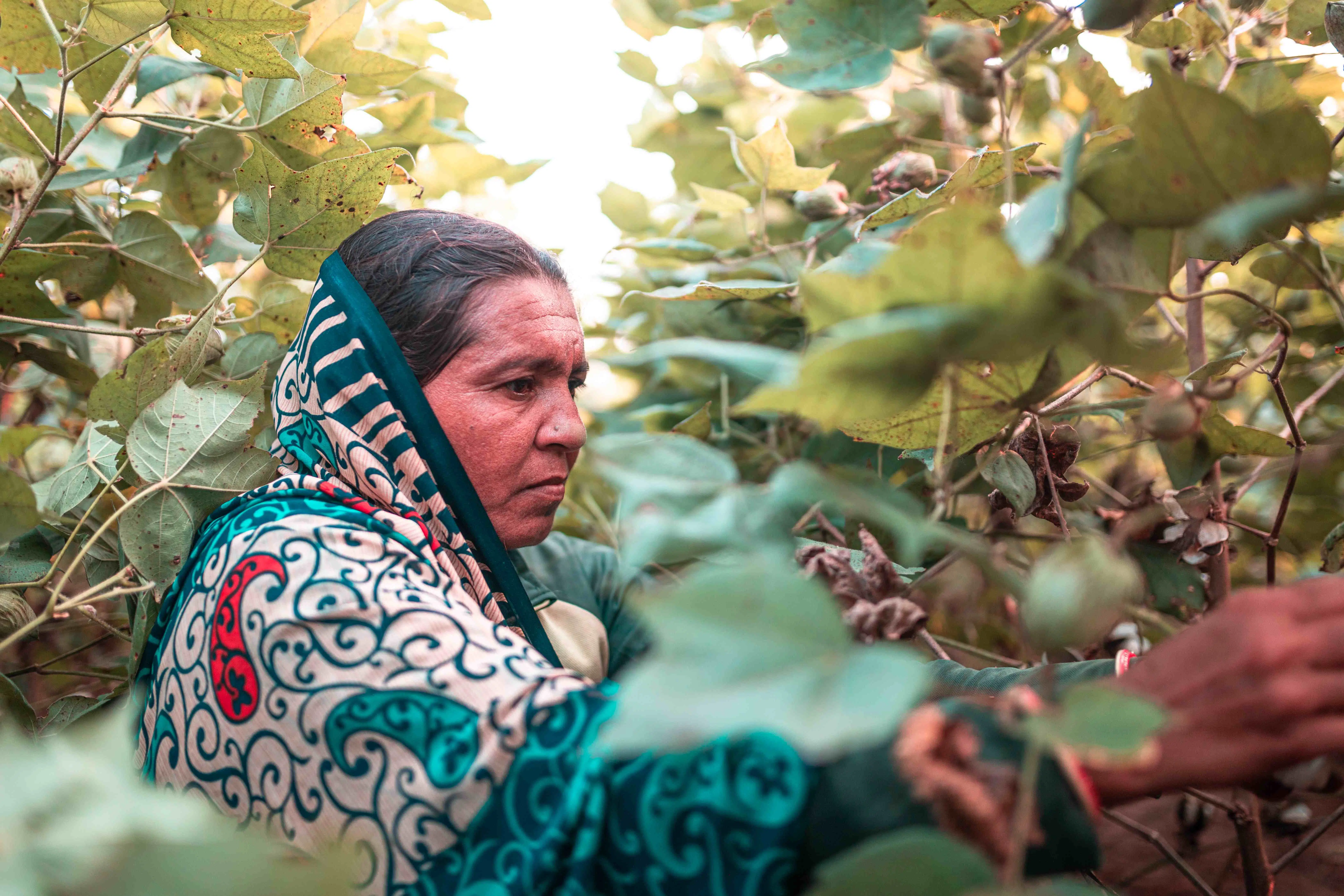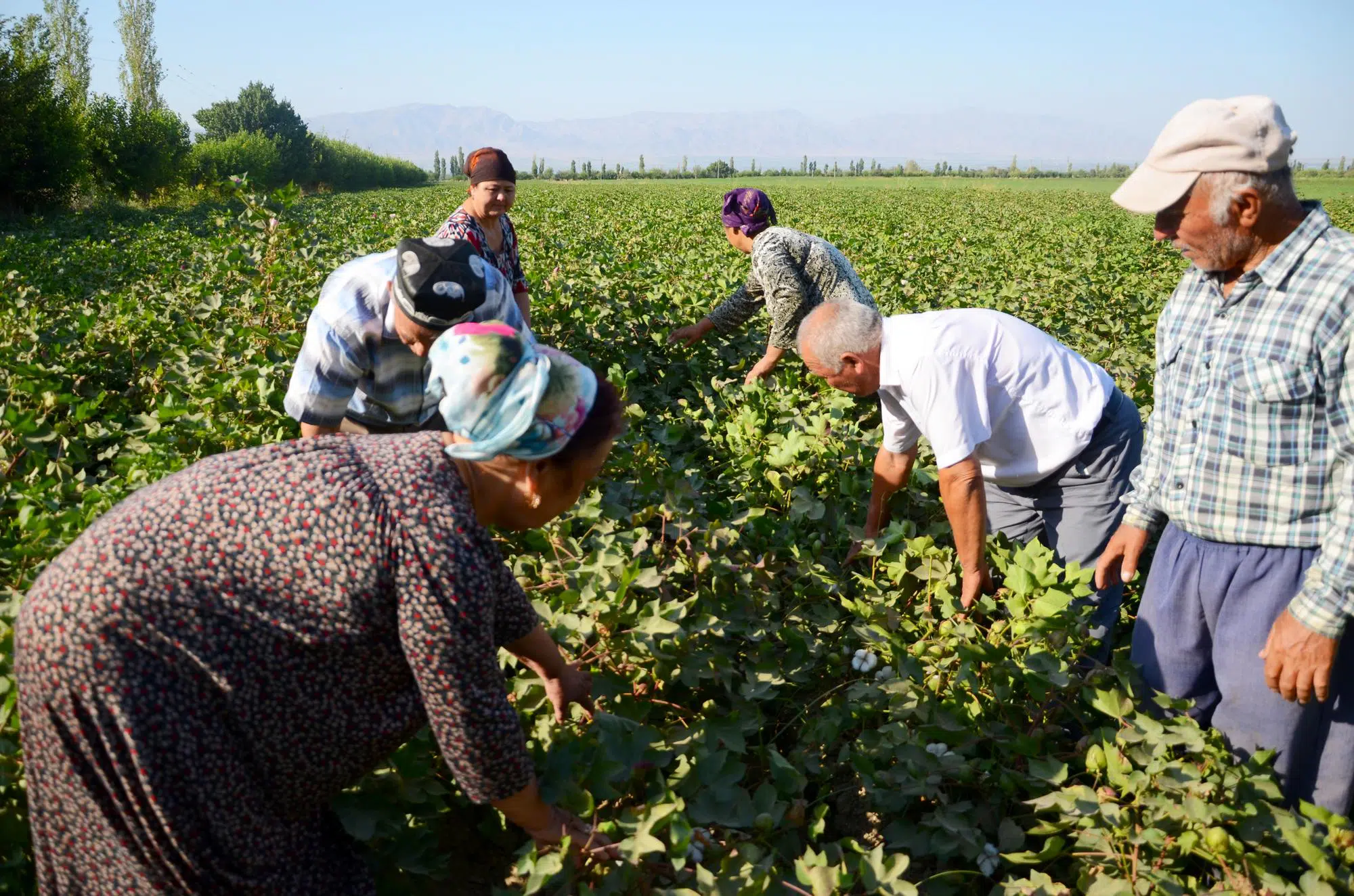- Who we are
- What we do
In just over 10 years we have become the world’s largest cotton sustainability programme. Our mission: to help cotton communities survive and thrive, while protecting and restoring the environment.
- Where we grow
Better Cotton is grown in 22 countries around the world and accounts for 22% of global cotton production. In the 2022-23 cotton season, 2.13 million licensed Better Cotton Farmers grew 5.47 million tonnes of Better Cotton.
- Our impact
- Membership
Today Better Cotton has more than 2,700 members, reflecting the breadth and diversity of the industry. Members of a global community that understands the mutual benefits of sustainable cotton farming. The moment you join, you become part of this too.
- Associate Membership
- Civil Society Membership
- Producer Organisation Membership
- Retailer and Brand Membership
- Supplier and Manufacturer Membership
- Find Members
- Member Monitoring
- Better Cotton Platform
- myBetterCotton
- Resources – Better Cotton Conference 2022
- Complaints
- Whistleblowing
- Safeguarding
- Get Involved in the Better Cotton Programme
- Thank you for contacting us
- Better Cotton’s Data Privacy Policy
- Log in
- Members’ Area
- Request for Proposals
- Better Cotton Cookie Policy
- Web Reference
- Measuring Cotton Consumption
- How to Implement the Chain of Custody Standard
- Resources – Better Cotton Conference 2023
- Certification Bodies Old
- Latest
- Sourcing
- Latest
The founding premise of Better Cotton is that a healthy sustainable future for cotton and the people that farm it is in the interests of everyone connected with it.
Let us help you find what you’re looking for
Results for {phrase} ({results_count} of {results_count_total})Displaying {results_count} results of {results_count_total}
There is a growing demand for traceable Better Cotton, as stakeholders worldwide seek more clarity over the social and environmental challenges associated with the cotton supply chain, and policymakers increasingly require businesses to demonstrate greater transparency.
The European Commission has recently introduced rules to help encourage more accurate environmental claims, for example. With significant convening power and an extensive network, we are well placed to help drive this transformation, catalysing progress across the sector.
To begin our journey to physical traceability, in 2021, we convened a panel of ten leading Retailer and Brand Members to advise and support the initial phase of Better Cotton’s traceability strategy and solution development. These members had visibility into strategy development and contributed to the shaping of the overall solution, including scope, timeline, budget and priorities.
“Our top priority is to find ways to make this work in a way that delivers what consumers want in terms of traceability and what farmers need to achieve a thriving market.”
Overall, we gathered input from over 1,500 organisations, confirming that traceability is business-critical across the industry. It is also clear that retailers and brands need to integrate sustainability and traceability into their standard business practices. Some 84% of respondents indicated that their customers now wanted to know where the cotton in their products was grown. In fact, four in five suppliers surveyed sought the benefit of an enhanced traceability system. However, currently, only 15% of apparel companies claim to have full visibility of the raw materials that go into their products, according to a recent study by KPMG. So there is still some way to go to help retailers understand where the cotton in their clothes comes from.
We’ve harnessed our findings to develop a comprehensive four-year activity plan and detailed budget for introducing traceability into the Better Cotton network. The approach is ambitious but realistic, founded on the needs and circumstances of our members, and the experience of others working on cotton traceability. It has allowed us to understand the initial requirements of our stakeholders and identify where we need to conduct additional consultation to support the development of a credible, scalable and inclusive solution for the industry.

This year, we convened a new panel of retailers and brands for the second phase – testing and enabling the delivery of new, viable traceability solutions. We will work with suppliers, NGOs and independent supply chain assurance experts to develop an approach that meets the industry’s needs.
“This traceability panel is a major step towards overcoming challenges to tracing raw materials back to their source. We intend to address sourcing and intellectual property issues head on. Higher supply chain assurance comes at a cost – as verifying the exact origins of a garment requires more checks and controls – so the investment of additional resources will be critical.”
2021 Annual Report
Access the report to read the original traceability article and learn more about the progress we are making in key priority areas.




